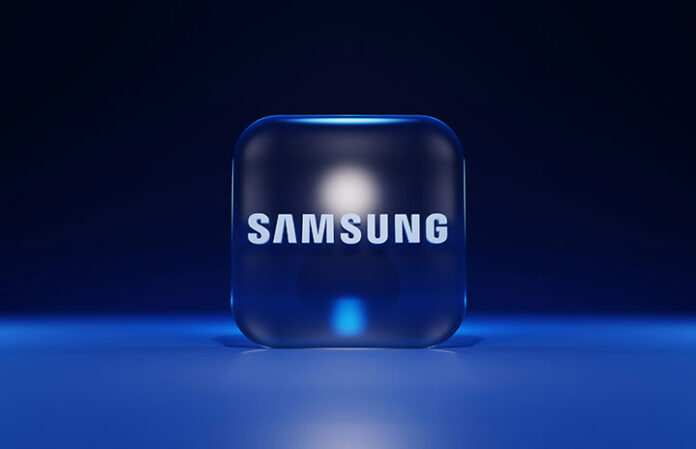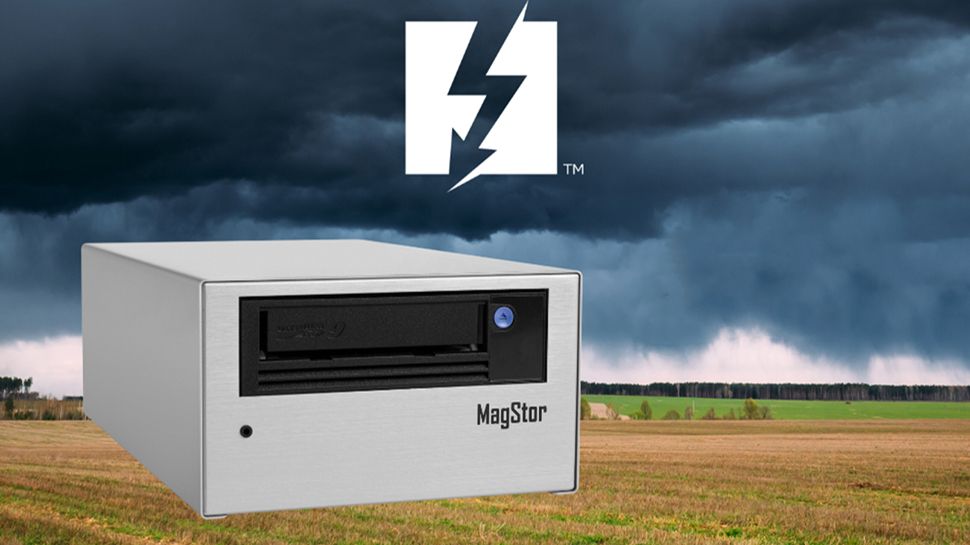Samsung Electronics is making significant progress in the development of memory chips crucial for the AI sector, narrowing the gap with its competitor SK Hynix. This advancement follows a period of internal challenges and restructuring, including the replacement of the head of the semiconductor division.
The company has recently gained approval from Nvidia for its High Bandwidth Memory (HBM) 3 chips and anticipates receiving approval for the next-generation HBM3E within the coming months. These achievements come after several months of development difficulties and setbacks. The approval from Nvidia is a critical milestone, as it positions Samsung to better compete in the rapidly expanding HBM market.
The demand for HBM is expected to surge, driven by advancements in AI technology. The HBM market, valued at $4 billion in 2022, is projected to grow to $71 billion by 2027. This booming market presents a lucrative opportunity for Samsung to enhance its revenue and market share, despite currently trailing SK Hynix.
Samsung’s recent advancements are particularly noteworthy given the significant engineering challenges the company has faced, especially regarding the thermal management of stacked DRAM chips used in HBM. Under the leadership of Jun Young-hyun, Samsung has focused on addressing these issues and improving its technology. Additionally, the company has reorganized its HBM team to foster innovation and collaboration.
With these developments, Samsung aims to increase production and meet the rising demand for AI memory chips. Leveraging its substantial financial resources and production capacity, the company is well-positioned to address market shortages and secure a prominent share of the lucrative AI memory sector.





